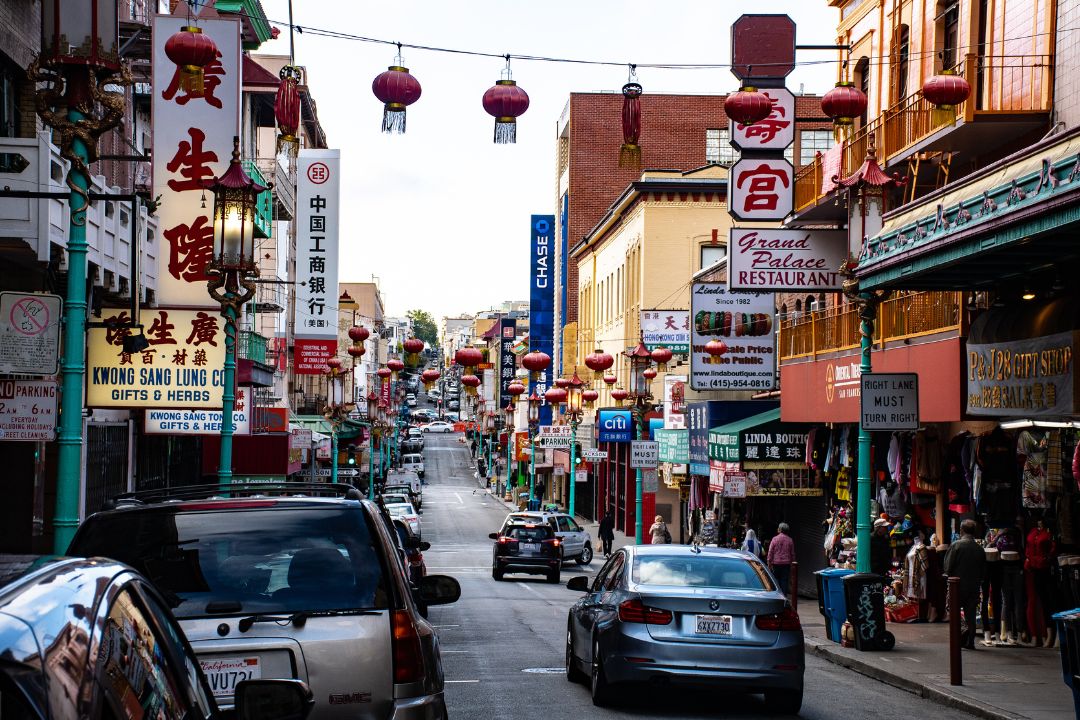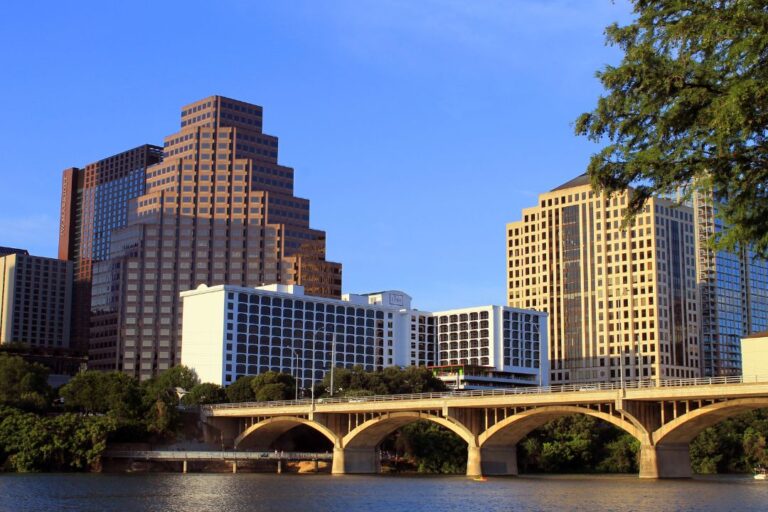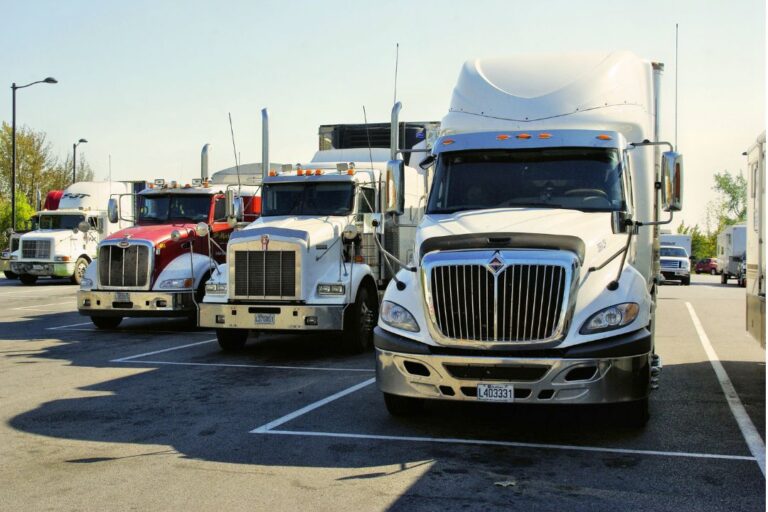The Fascinating Chinatown Hawker Leftovers Consumption 2024
Chinatown hawker centers have long been a staple of many cities, offering delicious, affordable, and diverse meals to locals and tourists alike. But there’s a lesser-known side to these bustling food hubs: the consumption of leftovers. Whether it’s the last scoop of rice or a half-finished bowl of noodles, leftovers play an essential role in the food culture of Chinatown. In this article, we’ll dive into the practice of consuming leftovers in Chinatown hawker centers, exploring the cultural, economic, and ethical implications, as well as the benefits and challenges that come with this practice.
What Are Chinatown Hawker Leftovers Consumption Center?
Before we delve into the world of leftovers, let’s take a moment to understand what Chinatown Hawker Leftovers Consumption centers are all about. These vibrant food markets are typically found in the heart of Chinatown, where various vendors sell a wide range of affordable and tasty local dishes. From aromatic noodles to flavorful curries, hawker centers are the go-to places for people looking to experience authentic street food.
The History of Chinatown Hawker Leftovers Consumption Centers
The concept of Chinatown Hawker Leftovers Consumption centers dates back to the early 20th century when street vendors began selling food to cater to the growing urban population. Over time, these informal street stalls evolved into organized food courts, offering a safe and regulated environment for both vendors and customers. Today, hawker centers are an iconic part of Chinatown culture, offering a glimpse into the rich culinary heritage of the area.
The Role of Hawker Centers in Chinatown
Hawker centers are not just places to grab a quick bite; they are central to the social fabric of Chinatown. They offer budget-friendly meals for individuals from all backgrounds, including office workers, families, and tourists. These centers are often bustling with activity, creating a sense of community and belonging among the people who frequent them.
Why Leftovers Are a Big Deal in Chinatown
Now that we have a better understanding of hawker centers, let’s explore why leftovers are such an important part of the food culture in Chinatown. Leftovers aren’t just scraps of food; they represent a unique cultural practice that has deep roots in the local community.
Cultural Significance of Leftovers
In many cultures, including those Chinatown Hawker Leftovers Consumption are seen as a symbol of resourcefulness and respect for food. Instead of throwing away uneaten meals, many people in Chinatown choose to consume leftovers, either by finishing them themselves or by offering them to others. This practice is tied to the belief that food should not be wasted, as it holds value beyond its mere consumption.
Economic Impact of Chinatown Hawker Leftovers Consumption
Leftovers also have an economic significance in Chinatown. By consuming leftovers, hawker center vendors can reduce food waste and increase their profits. Instead of discarding unsold food, vendors can repurpose it for the next day’s meals or sell it at a discount to customers looking for a bargain. This practice helps vendors maintain their business while minimizing food waste.
The Practice of Consuming Leftovers
So, how exactly do people consume leftovers in Chinatown? It’s not just about finishing off the last bit of food on a plate—there’s a whole system in place that ensures leftovers are handled in a way that benefits both customers and vendors.
How Leftovers Are Handled in Chinatown
In many Chinatown Hawker Leftovers Consumption food is carefully stored and preserved to ensure it remains safe for consumption. Vendors often have designated containers or fridges where they keep unsold food until it can be reused. Some hawker centers even have policies in place to ensure that leftovers are only served to customers who are comfortable with consuming them.
Ethical Considerations
While consuming leftovers may seem like a practical solution to food waste, it does raise some ethical concerns. For instance, there’s the question of hygiene and food safety. Some people may feel uncomfortable with the idea of eating food that has been sitting out for a while. However, hawker center vendors are typically trained to handle food safely, and many places have strict guidelines to ensure the leftovers are still safe to eat.
The Benefits of Chinatown Hawker Leftovers Consumption
Despite the challenges, consuming leftovers in Chinatown comes with several benefits. These benefits are not just limited to reducing food waste but also include making meals more affordable and accessible.
Reducing Food Waste
One of the biggest advantages of consuming Chinatown Hawker Leftovers Consumption is its positive impact on the environment. By repurposing leftover food, Chinatown hawker centers can significantly reduce food waste, which is a major contributor to environmental pollution.
Affordable Meal Options
For customers, consuming leftovers can also be an affordable way to enjoy a meal. Some Chinatown Hawker Leftovers Consumption centers offer discounted prices for leftovers, allowing people to enjoy their favorite dishes at a fraction of the cost. This makes it easier for people on a budget to enjoy delicious meals without breaking the bank.
The Challenges of Chinatown Hawker Leftovers Consumption
While there are many benefits to Chinatown Hawker Leftovers Consumption there are also challenges that need to be addressed. These challenges primarily revolve around hygiene, cultural perceptions, and the logistics of managing leftovers in a busy hawker center environment.
Hygiene and Safety Concerns
One of the main concerns with Chinatown Hawker Leftovers Consumption is food safety. Leftover food must be stored and handled properly to prevent contamination. Vendors need to ensure that the food is kept at the correct temperature and that it is free from bacteria or spoilage. While many hawker centers take precautions to maintain food safety, there is always a risk involved when consuming food that has been sitting out for a while.
Cultural Perceptions of Leftovers
In some cultures, leftovers are viewed with a sense of stigma. People may feel embarrassed to consume food that has already been eaten by others, or they may feel that leftovers are of lower quality. Overcoming these cultural perceptions is an important step in promoting the benefits of consuming leftovers and reducing food waste.
A Day in the Life of a Chinatown Hawker Center
To better understand the role of leftovers in Chinatown, let’s take a look at a typical day in a hawker center. From morning to night, the flow of food—and leftovers—can be quite fascinating.
From Morning to Night: The Flow of Leftovers
Chinatown Hawker Leftovers Consumption centers are busiest during lunchtime and dinner, with vendors preparing large quantities of food to meet demand. However, by the end of the day, many dishes remain unsold, and leftovers begin to accumulate. Some vendors may choose to sell these leftovers at a discount, while others may store them for the next day. The flow of food and leftovers is a delicate balance that requires careful planning and management.
The Future of Leftovers in Chinatown
As awareness of food waste and sustainability grows, the practice of consuming leftovers in Chinatown is likely to evolve. In the future, we may see more innovative solutions to reduce food waste and make leftovers more accessible to customers.
Sustainability and Innovation
Many hawker centers are already exploring ways to make their operations more sustainable, such as using biodegradable packaging or implementing food-sharing programs. These initiatives could help reduce food waste even further and promote a more sustainable food culture in Chinatown.
Changing Attitudes Towards Leftovers
As younger generations become more environmentally conscious, attitudes towards leftovers are changing. People are becoming more open to the idea of consuming leftovers, especially when they understand the environmental and economic benefits. This shift in mindset could help make leftovers a more accepted and mainstream practice in Chinatown.
Conclusion
Chinatown hawker leftovers consumption is a fascinating practice that combines cultural traditions, economic considerations, and sustainability efforts. While there are challenges, the benefits of reducing food waste and making meals more affordable are clear. As attitudes towards food waste continue to shift, the practice of consuming leftovers in Chinatown may become more widespread, helping to create a more sustainable food culture for future generations.
Frequently Asked Questions (FAQs)
What is a hawker center?
A hawker center is a food court where various vendors sell affordable local dishes, often found in Chinatown areas.
Why are leftovers important in Chinatown?
Leftovers help reduce food waste, provide affordable meal options, and reflect cultural values of resourcefulness.
Are leftovers safe to eat in Chinatown hawker centers?
Yes, vendors follow strict food safety guidelines to ensure that leftovers are stored and handled properly.
How can consuming leftovers help the environment?
By reducing food waste, leftovers consumption helps minimize the environmental impact of food production and waste.
What are the challenges of consuming leftovers?
Hygiene, cultural perceptions, and food safety are the main challenges when it comes to consuming leftovers in Chinatown hawker centers.







